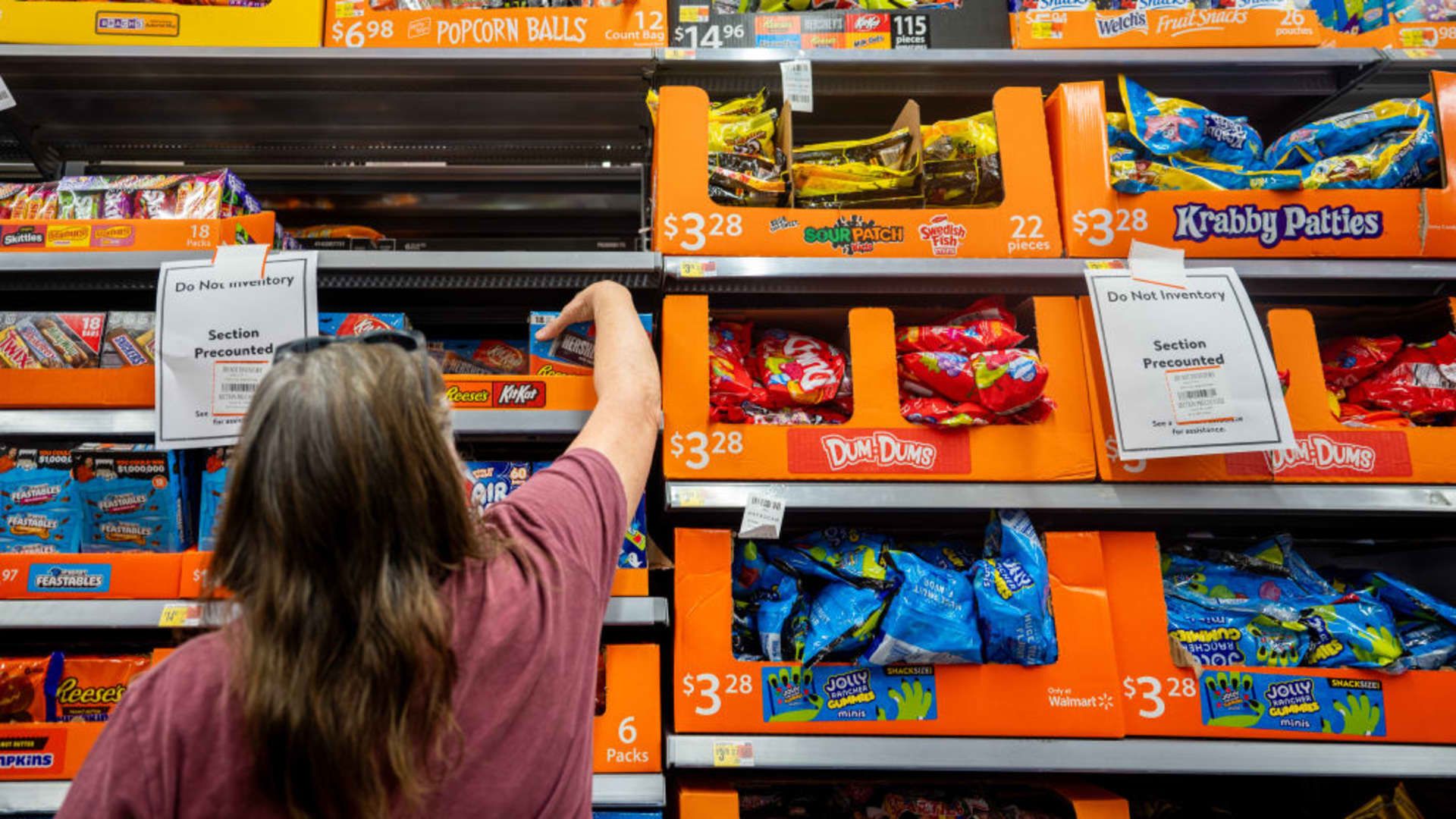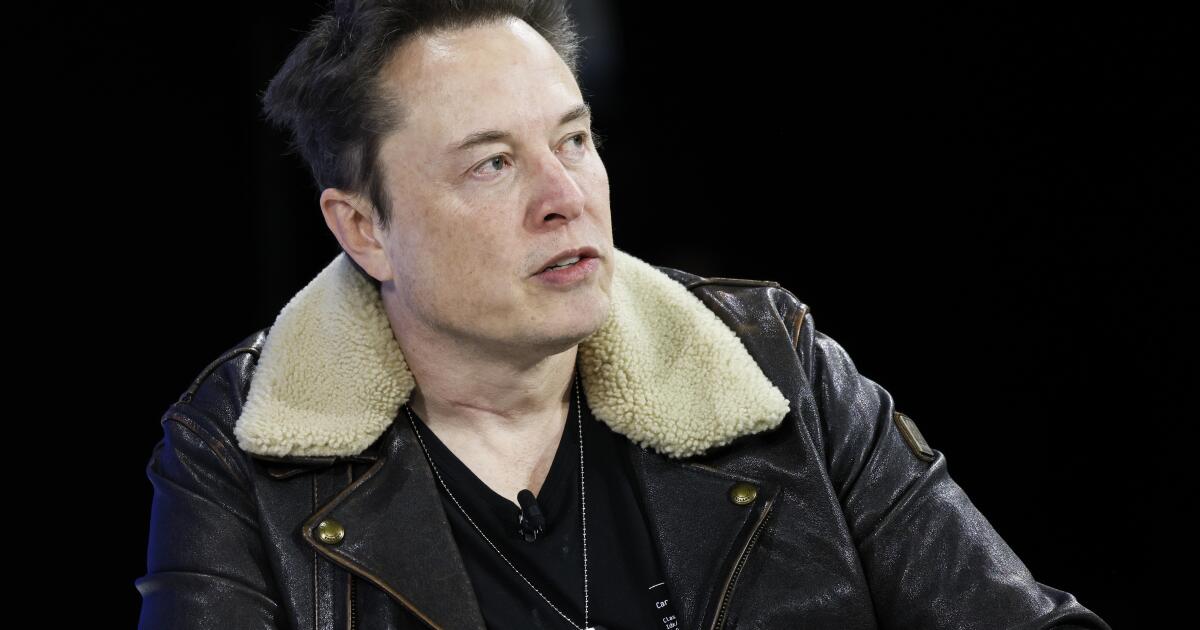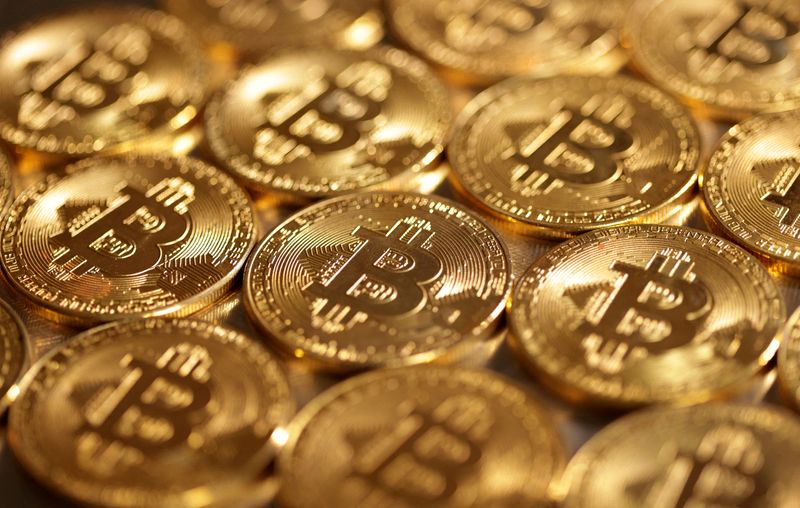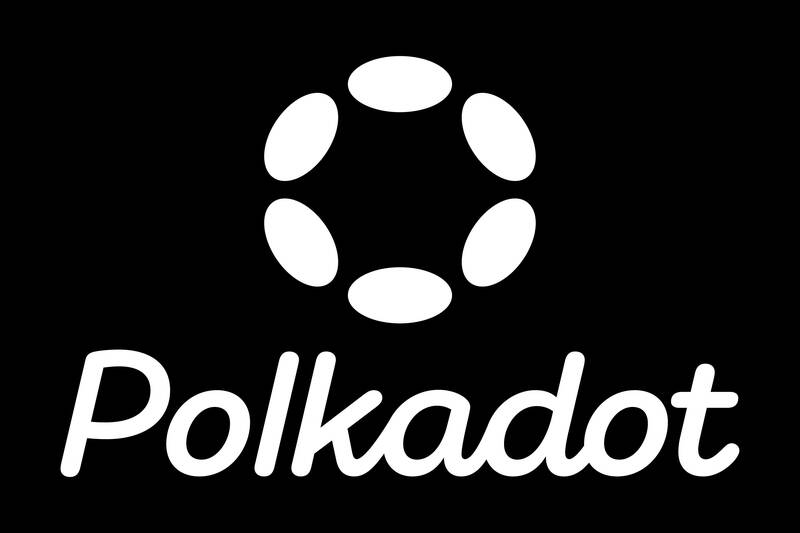A customer buys Halloween candy at a Walmart Supercenter on October 16, 2024 in Austin, Texas.
Brandon Bell | fake images
The scariest thing haunting Halloween this year isn't a ghost, goblin, or demon: it's the price of chocolate.
From Snickers to Reese's to Twix, one of America's favorite treats is getting more expensive as tariffs, inflation and high cocoa prices squeeze profit margins and customers' pockets, possibly leading to fewer chocolate bars hitting trick-or-treat buckets this year.
Chocolate prices have risen nearly 30% since last Halloween and nearly 78% over the past five years, according to data from research firm Circana and the U.S. Bureau of Labor Statistics. A 100-piece assorted candy bag now costs $16.39, up from $7.20 in 2020, FinanceBuzz found.
That surge is showing up on store shelves. Varied packages of Hershey (maker of Reese's, KitKats and Heath bars) rose about 22%, while Mars, the company behind M&M's and Milky Way, increased prices about 12%, according to the Century Foundation, a progressive, independent think tank, and Groundwork Collaborative.
“The season is off to a slow start,” Hershey's CEO Kirk Tanner told investors on an earnings call Thursday, warning that holiday sales could be weaker this year.
About 4 in 5 Americans buy candy for the Halloween holiday, according to YouGov. This time of year accounts for about 18% of annual candy sales in the United States, second only to Christmas, according to the National Confectioners Association.
But chocolate's dominance is waning. Circana found they accounted for 52% of Halloween candy sales last year, compared to 44% this year, as shoppers opt for cheaper, trendier candy.
“Macroeconomic headwinds” are among the culprits, said Sally Wyatt, who works for Circana analyzing global consumer packaged goods and as an advisor to the food service industry. “It's the compound impact, plus the fact that we've outpaced wage growth. So consumers have started to… [make] very specific choices about discretionary elements.
Across the industry, candy prices are outpacing the national inflation rate, representing an increase of about 10% compared to last year, according to the Century Foundation. Still, the National Retail Federation said 2025 is expected to be a record year for U.S. candy sales, with about $3.9 billion spent on Halloween candy alone.
“Even as consumers face higher food prices, they continue to make room in their budgets for chocolate and candy, which means the category is strong, vibrant and growing,” Carly Schildhaus, spokesperson for the National Confectioners Association, told CNBC.
Much of the chocolate that will fill American shelves this fall was made from cocoa beans bought at record prices last December, when futures peaked at more than $12,000 a ton, experts said. Prices have since cooled to around $6,000, but that's still more than double the pre-pandemic average.
A cocktail of rising temperatures, erratic rainfall, drought and crop diseases over the past three years has devastated crops in West Africa, which produces about 70% of the world's cocoa. The result: the largest global cocoa deficit in 60 years, with supply that fell half a million tons below demand.
Prices could stabilize, but not decline, next year as crop yields have increased, said David Branch, sector manager at the Wells Fargo Agri-Food Institute.
“It's not just about the cost of manufacturing cocoa and other ingredients,” Branch told CNBC. “It's also a combination of labor, transportation, fuel, overhead [and] “All of those factors and given the inflation rate we've been in, they've gone up and they haven't really gone down.”
Hershey said Thursday that the tariff expenses will cost the company between $160 million and $170 million this year. In July, it also announced a “double-digit” price increase, although executives said those increases were not tied to tariffs or Halloween prices.
Chocolate makers have lobbied the Trump administration for tariff exemptions on cocoa and other agricultural imports, arguing they have little ability to source those ingredients domestically.
sweet variety
As chocolate becomes more expensive, fruity, sour, and chewy candies have become more popular. More than half of shoppers said they planned to prioritize gummies for Halloween this year, NielsenIQ found.
On average, the price per pound of chocolate rose nearly 14% in the 12 weeks ending Oct. 5, while sales volumes fell 6%, Circana data shows. Non-chocolate Halloween candy, such as Jolly Ranchers and Skittles, saw sales increase by 8.3% in that same period.
Younger adults, especially Generation Z, are also driving growth in non-chocolate categories, gravitating toward gummies, freeze-dried candies, and TikTok-friendly flavor mixes.
“It's so experiential [aspect] because you can have it [non-chocolate items] with chewy, sweet, spicy, sweet and spicy flavors,” Wyatt told CNBC. “With some sweets you get this big explosion of flavors in your mouth. “We’ve seen it popular with different cohorts.”
Chocolate makers are responding in kind. Hershey has expanded its line of gummies, including a partnership with Shaquille O'Neal, and has released ghost-shaped Twizzlers and mismatched Jolly Rancher “Trickies” gummies.
Mondelez Internationalmaker of Cadbury and Toblerone, said it is also prioritizing gummies in the U.S. market. However, CEO Dirk Van de Put said on an earnings call Tuesday that the U.S. market in particular “is slower than we've seen in quite some time” and that the company's promotional strategy earlier this year “wasn't giving us the volume effect that we expected.”
Manufacturers are also experimenting with smaller bars, new fillings and cocoa-free options, such as creamer or nut-based candies, to offset rising ingredient costs, Branch said.
“Businesses need to be very conscious of whether they can keep their prices in line. They can't just keep increasing their prices and expect sales to continue to increase,” Branch said. “But customers haven't lost their appetite for chocolate. It will continue to be a treat that people will always have and won't be able to do without.”









